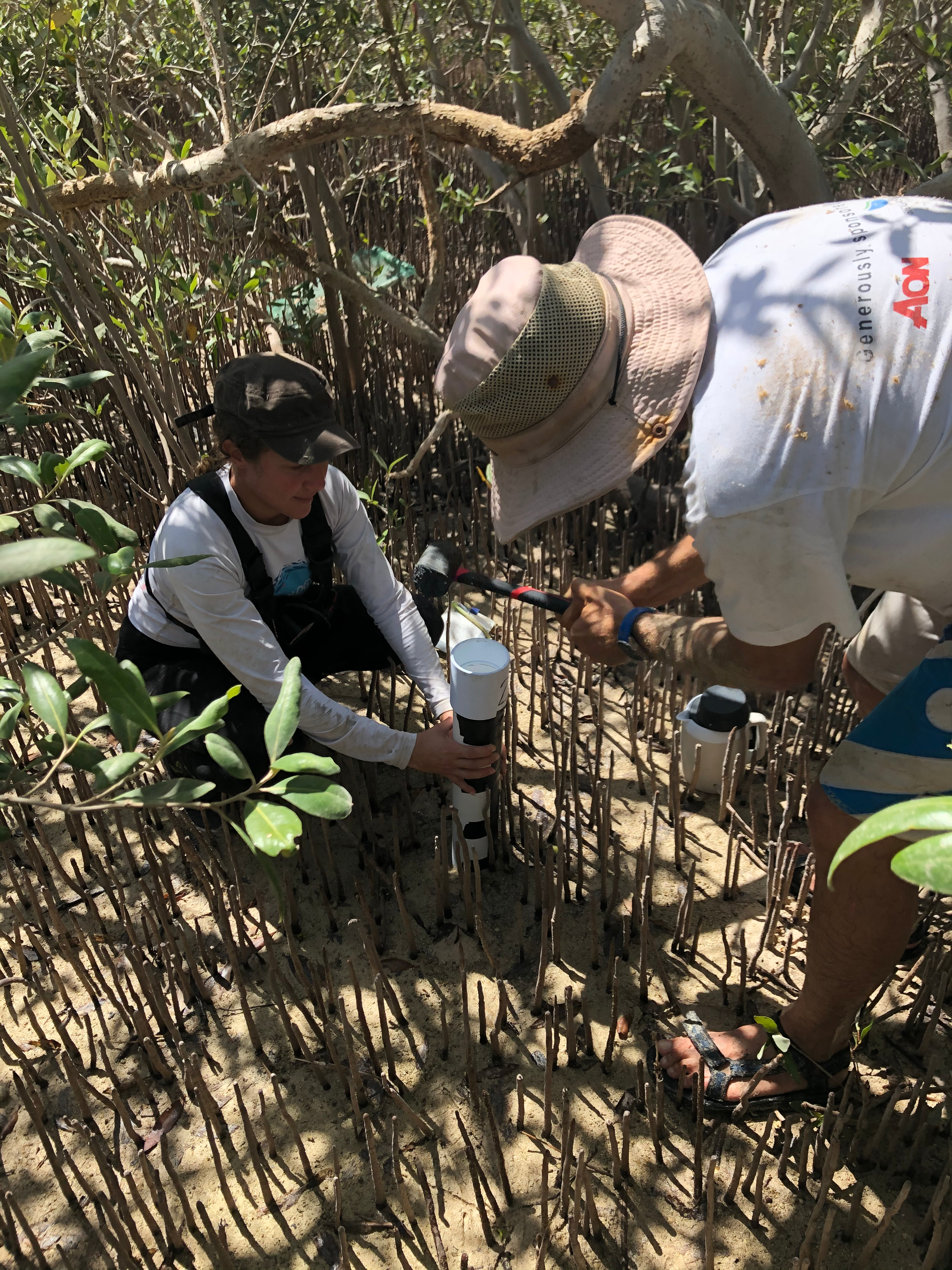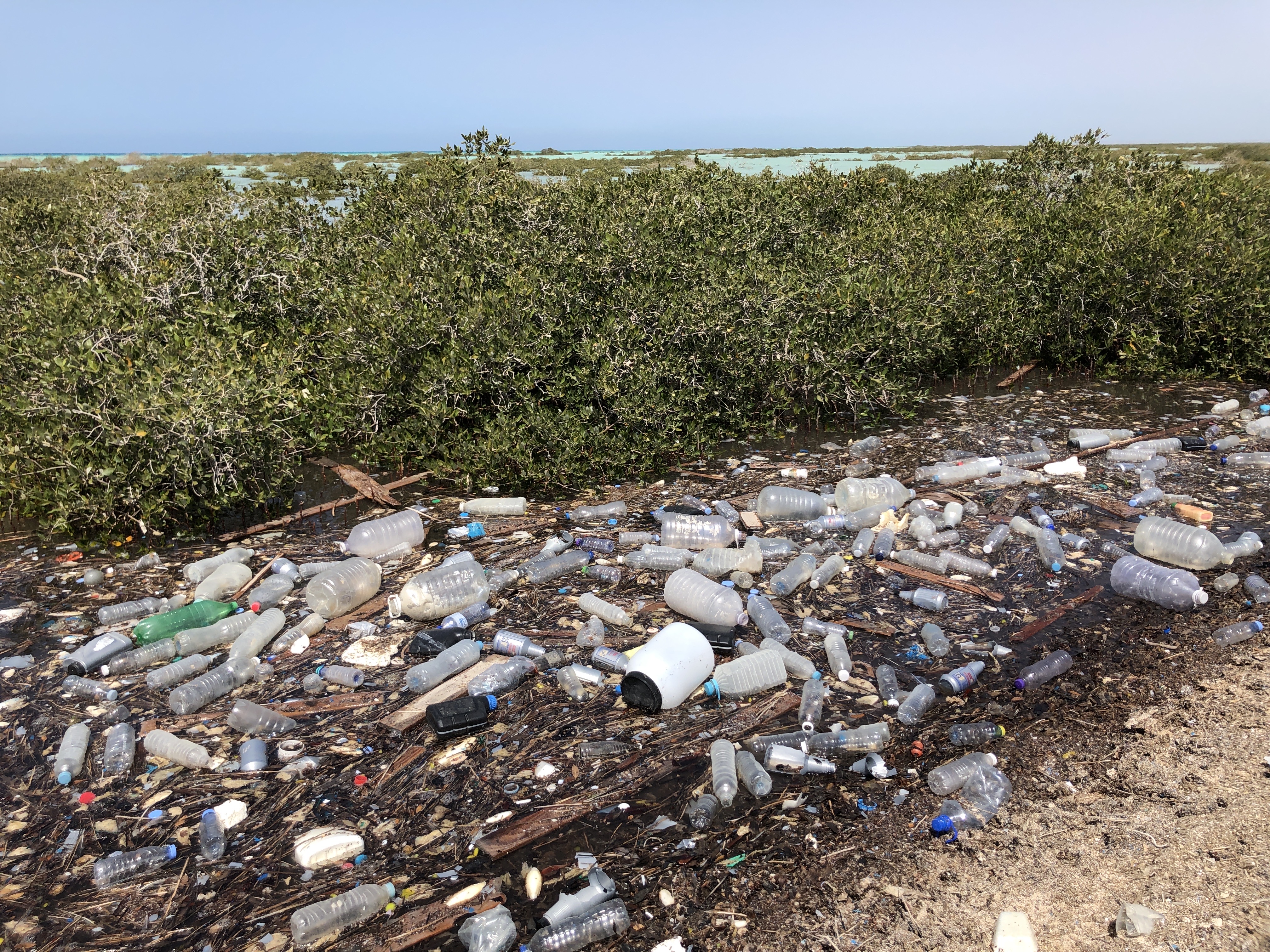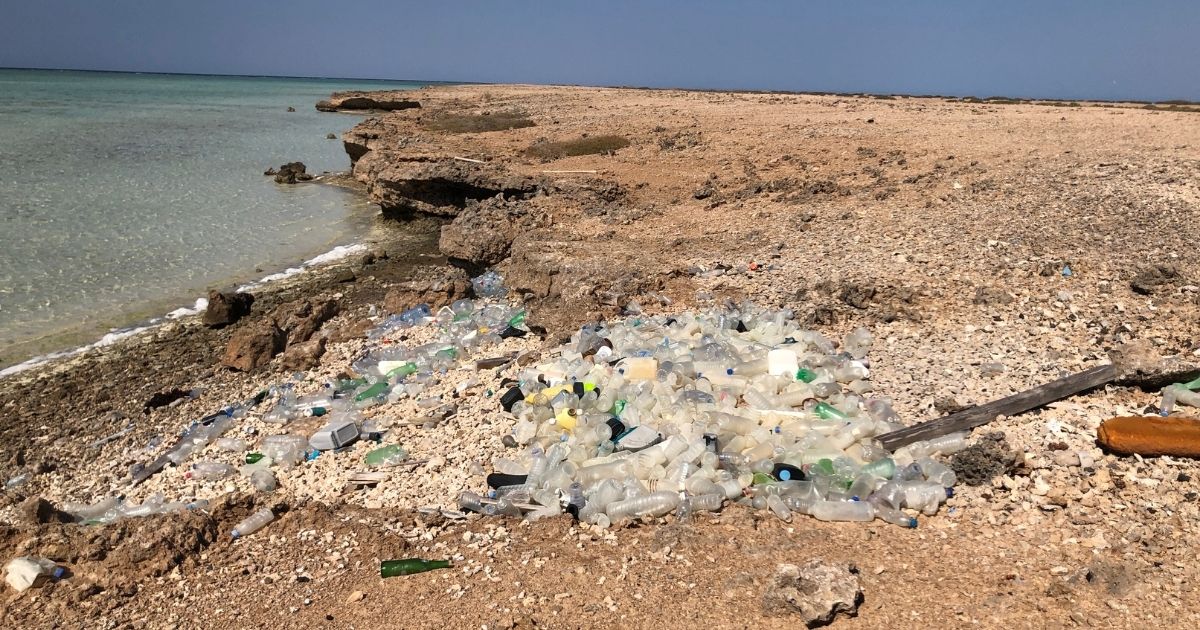The convenience of single-use plastics that once seemed to generate a number of benefits, has become a major problem for ocean health and human health as well.
Oceans around the world receive an estimate of 15 million tons of plastic yearly, with this figure growing exponentially every year. Plastic is buoyant and persistent in the marine environment . Along its transit across the ocean, it breaks down into tiny fragments called microplastics, that are accidentally ingested by marine life, impacting marine animals ranging from invertebrates (corals and crustaceans) to the largest animals on the planet - the great whales.
However, assessments of stock amounts of buoyant plastic in the ocean delivers an estimate that represents about only 2% of the expected plastic load. Leaving 98% of the actual amounts missing - mostly consisting of microplastic fragments smaller than 3 mm in size, with, until now, no clear understanding of where the missing plastic is located.
Credit: Cecilia Martin, KAUST
KAUST’s Distinguished Professor of Marine Science, Carlos M. Duarte said, “Since publishing in 2014 the first estimate of plastic stocks floating in the ocean, we knew that 98% of the plastic that we expected to be floating in the ocean was missing. This fact was disturbing as it meant we did not know the whereabout of 98% of the plastic that entered the ocean. Eight years later, today we are able to assert, on the basis of the research published, that the missing plastic is buried in the seafloor”.
The research conducted by researchers at King Abdullah University of Science and Technology (KAUST) and published on 19 May, 2022 in Limnology and Oceanography Letters, resolves this mystery and finds that 170 million tons of plastic has globally accumulated in marine sediments from 1950 to 2010, accounting for the missing plastic. Most of this plastic material is accumulated in the seafloor at depths from 200 to 2,000 m, with coastal habitats, such as mangroves and seagrass meadows, also representing important sink sites for microplastics.
“A few years ago, I reported findings that mangroves act as major sinks for marine micro- and macro-plastics, which my collaborators and I subsequently extended to other habitats”, says Cecilia Martin, lead author and KAUST Alumni, “we then embarked on an effort to gather all existing estimates of plastic loads in the marine seafloor, resulting in more than one thousand independent estimates, and standardized them and integrated them to yield the first robust estimate of the total stock of plastic in the ocean seafloor.”
 Credit: Cecilia Martin, KAUST
Credit: Cecilia Martin, KAUST
Commenting on the broader significance of the findings, Dr. Cecilia Martin added “The seafloor can be the ultimate sink for micro- and meso-plastics, where they are permanently trapped and less likely to be accidentally eaten and impact on the marine food web, to which human consumers are connected. as long as we do not disturb these sediments again, through activities such as dredging or trawling, that can put these plastics back in circulation”.
These finding of this research are particularly significant and in time as the world prepares to advance the achievement of UN Sustainable Goal 14 - “Life Below Water”- in the forthcoming UN Oceans Conference that scheduled to take place in Lisbon, Portugal, between 27th of June and 1st of July, 2022.
Journal Reference
Martin, C., C. A. Young, L. Valluzzi, and C.M. Duarte. 2022. Ocean sediments as the global sink for marine micro- and mesoplastics. Limnology and Oceanography Letters, https://doi.org/10.1002/lol2.10257



